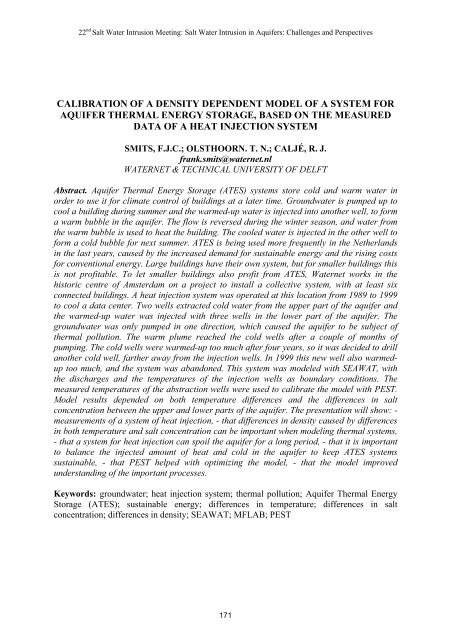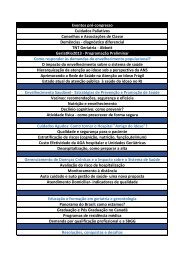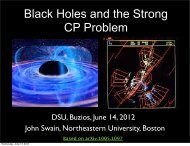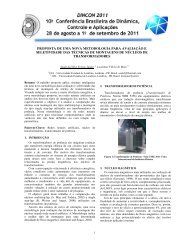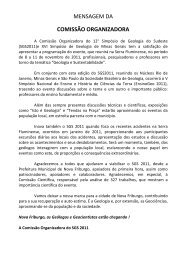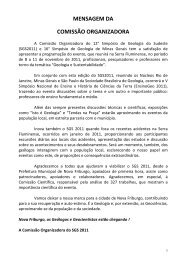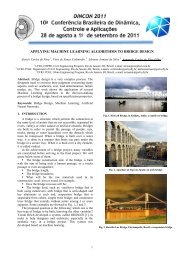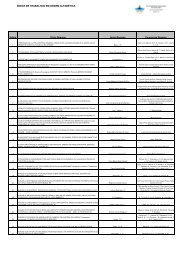Here - Meta Marketing e Eventos
Here - Meta Marketing e Eventos
Here - Meta Marketing e Eventos
- No tags were found...
Create successful ePaper yourself
Turn your PDF publications into a flip-book with our unique Google optimized e-Paper software.
22 nd Salt Water Intrusion Meeting: Salt Water Intrusion in Aquifers: Challenges and PerspectivesCALIBRATION OF A DENSITY DEPENDENT MODEL OF A SYSTEM FORAQUIFER THERMAL ENERGY STORAGE, BASED ON THE MEASUREDDATA OF A HEAT INJECTION SYSTEMSMITS, F.J.C.; OLSTHOORN. T. N.; CALJÉ, R. J.frank.smits@waternet.nlWATERNET & TECHNICAL UNIVERSITY OF DELFTAbstract. Aquifer Thermal Energy Storage (ATES) systems store cold and warm water inorder to use it for climate control of buildings at a later time. Groundwater is pumped up tocool a building during summer and the warmed-up water is injected into another well, to forma warm bubble in the aquifer. The flow is reversed during the winter season, and water fromthe warm bubble is used to heat the building. The cooled water is injected in the other well toform a cold bubble for next summer. ATES is being used more frequently in the Netherlandsin the last years, caused by the increased demand for sustainable energy and the rising costsfor conventional energy. Large buildings have their own system, but for smaller buildings thisis not profitable. To let smaller buildings also profit from ATES, Waternet works in thehistoric centre of Amsterdam on a project to install a collective system, with at least sixconnected buildings. A heat injection system was operated at this location from 1989 to 1999to cool a data center. Two wells extracted cold water from the upper part of the aquifer andthe warmed-up water was injected with three wells in the lower part of the aquifer. Thegroundwater was only pumped in one direction, which caused the aquifer to be subject ofthermal pollution. The warm plume reached the cold wells after a couple of months ofpumping. The cold wells were warmed-up too much after four years, so it was decided to drillanother cold well, farther away from the injection wells. In 1999 this new well also warmeduptoo much, and the system was abandoned. This system was modeled with SEAWAT, withthe discharges and the temperatures of the injection wells as boundary conditions. Themeasured temperatures of the abstraction wells were used to calibrate the model with PEST.Model results depended on both temperature differences and the differences in saltconcentration between the upper and lower parts of the aquifer. The presentation will show: -measurements of a system of heat injection, - that differences in density caused by differencesin both temperature and salt concentration can be important when modeling thermal systems,- that a system for heat injection can spoil the aquifer for a long period, - that it is importantto balance the injected amount of heat and cold in the aquifer to keep ATES systemssustainable, - that PEST helped with optimizing the model, - that the model improvedunderstanding of the important processes.Keywords: groundwater; heat injection system; thermal pollution; Aquifer Thermal EnergyStorage (ATES); sustainable energy; differences in temperature; differences in saltconcentration; differences in density; SEAWAT; MFLAB; PEST171


